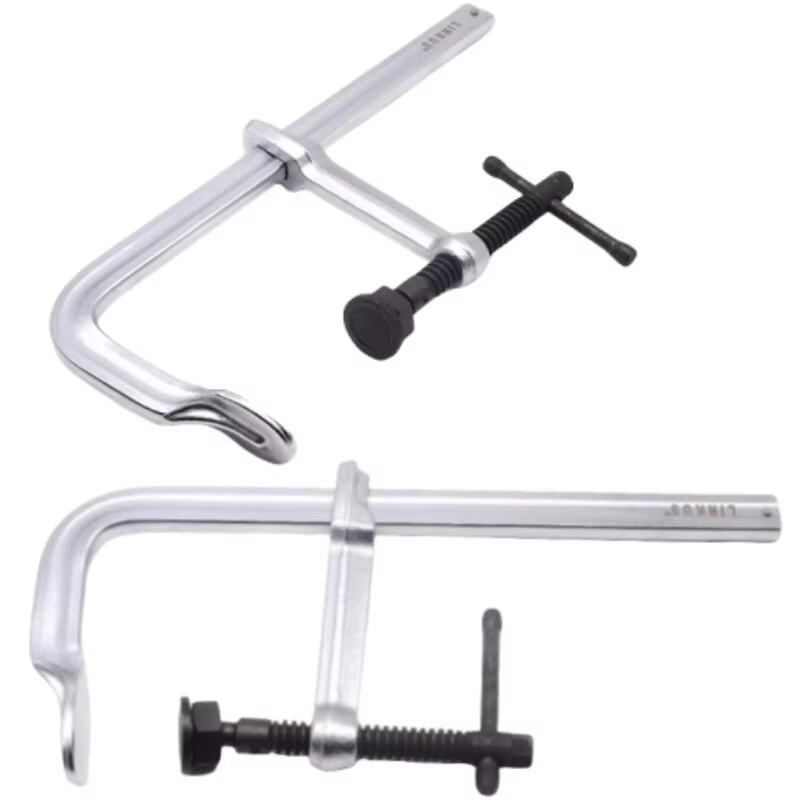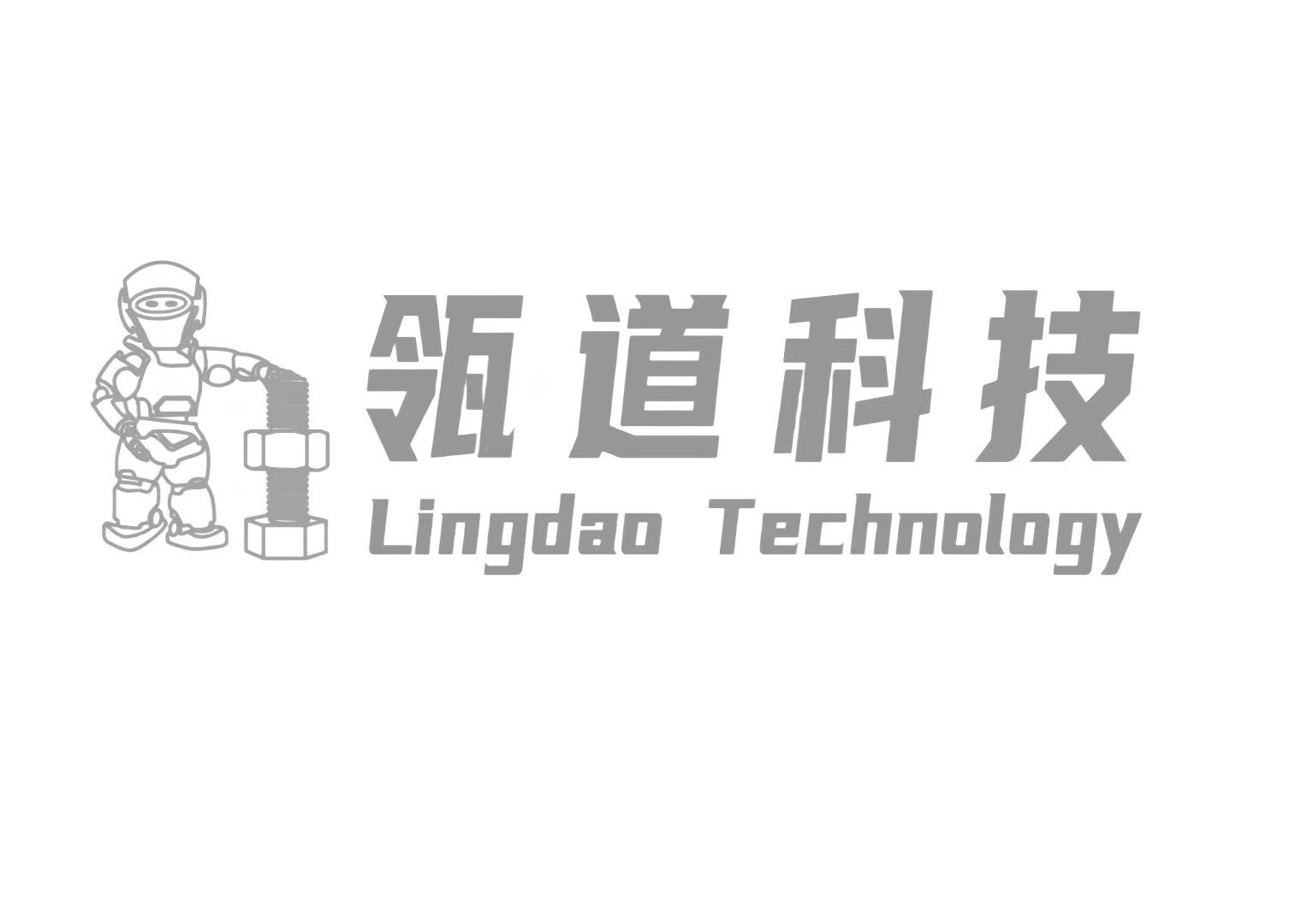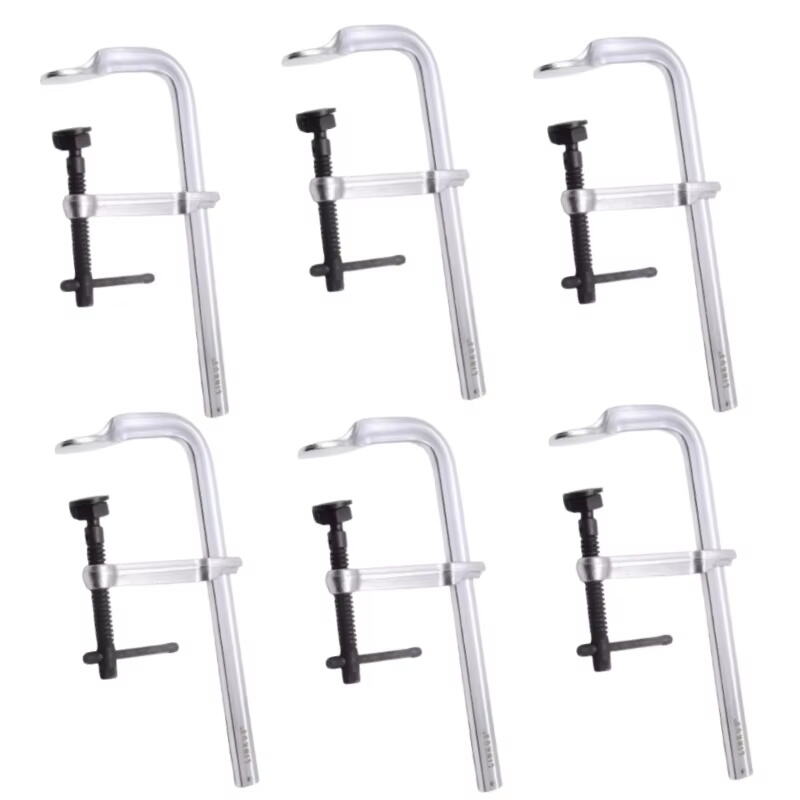Understanding the Engineering Excellence of Earhose Clamps
In the world of fluid system connections, earhose clamps have emerged as a groundbreaking solution for securing hoses in tight spaces. These innovative fastening devices combine simplicity with remarkable holding power, making them increasingly popular across various industries. Their unique design allows for efficient installation while ensuring reliable sealing performance in compact environments where traditional hose clamps might struggle to fit or function effectively.
Design Features and Mechanical Advantages
Compact Profile and Space Optimization
Earhose clamps feature a remarkably slim profile that makes them perfect for installations where space is at a premium. Their streamlined design eliminates the protruding screw housings and adjustment mechanisms found in conventional clamps. This space-saving characteristic proves invaluable in modern automotive engines, industrial machinery, and other applications where component density is high.
The reduced profile of earhose clamps not only saves space but also minimizes the risk of interference with neighboring components. This thoughtful design consideration helps prevent potential damage and ensures smooth operation in confined spaces where multiple hose connections need to coexist.
360-Degree Sealing Technology
One of the most significant advantages of earhose clamps lies in their ability to provide uniform pressure distribution around the entire circumference of the hose. Unlike traditional worm-drive clamps that may create uneven compression points, earhose clamps utilize a unique ear-locking mechanism that ensures consistent sealing pressure throughout the connection.
This superior sealing technology significantly reduces the likelihood of leaks and extends the service life of both the clamp and the hose material. The balanced force distribution also helps prevent hose damage that can occur from localized pressure points, making these clamps particularly suitable for delicate or thin-walled hoses.

Installation and Maintenance Benefits
Quick and Tool-Efficient Assembly
The installation process of earhose clamps represents a major leap forward in assembly efficiency. These clamps require only basic pincer tools for installation, significantly reducing the time and effort needed compared to traditional clamp designs. The straightforward compression mechanism allows technicians to achieve proper installation with minimal training, leading to consistent results across multiple applications.
During installation, the distinctive ears of the clamp provide clear visual confirmation of proper closure, eliminating guesswork and reducing the risk of under- or over-tightening. This feature is particularly valuable in high-volume production environments where speed and reliability are crucial.
Maintenance-Free Operation
Once properly installed, earhose clamps maintain their clamping force without the need for periodic adjustments. The tamper-evident design ensures that any attempt to modify or loosen the clamp is immediately visible, making them ideal for critical applications where security and reliability are paramount.
The absence of moving parts or adjustment mechanisms eliminates common points of failure associated with traditional clamps. This reliability translates to reduced maintenance costs and increased uptime for equipment utilizing these connections.
Material Selection and Performance Characteristics
Advanced Alloy Construction
Modern earhose clamps are manufactured using carefully selected stainless steel alloys that provide exceptional strength and corrosion resistance. The material choice ensures long-term durability even in challenging environmental conditions, including exposure to chemicals, extreme temperatures, and weather elements.
The metallurgical properties of these clamps are optimized to maintain structural integrity during the crimping process while providing the necessary spring characteristics for long-term sealing performance. This balance of strength and flexibility is crucial for maintaining consistent clamping force throughout the service life of the connection.
Surface Treatment and Protection
To enhance their already impressive corrosion resistance, many earhose clamps receive additional surface treatments. These treatments can include passivation, specialized coatings, or surface hardening processes that further improve their durability and performance in specific applications.
The surface finish of these clamps also plays a crucial role in preventing damage to the hose material during installation and operation. Carefully controlled edge treatment and surface smoothness help protect against cutting or abrading the hose while maintaining the necessary grip for a secure connection.
Application Versatility and Industry Standards
Cross-Industry Applications
The versatility of earhose clamps extends across numerous industries, from automotive and aerospace to food processing and chemical manufacturing. Their reliable performance and compact design make them suitable for both low-pressure fluid transfer systems and more demanding high-pressure applications.
These clamps have proven particularly valuable in modern vehicle design, where increasing complexity and miniaturization demand efficient use of available space. Their adoption in critical systems demonstrates the high level of confidence that engineers place in their performance capabilities.
Compliance and Certification
Earhose clamps are manufactured to meet or exceed relevant industry standards and specifications. This includes compliance with automotive standards, pressure vessel codes, and various international quality certifications. The rigorous testing and validation processes ensure consistent performance and reliability across different applications.
Many manufacturers maintain comprehensive quality control programs that include material testing, dimensional verification, and performance validation to ensure each clamp meets the specified requirements. This commitment to quality has helped establish earhose clamps as a trusted solution in critical applications.
Frequently Asked Questions
What is the maximum pressure rating for earhose clamps?
The pressure rating of earhose clamps varies depending on the specific model and size, but many standard versions are rated for working pressures up to 100 PSI or more. It's essential to consult the manufacturer's specifications and select the appropriate clamp size and style for your specific application requirements.
Can earhose clamps be reused after removal?
Earhose clamps are generally designed for one-time use and should not be reused after removal. The crimping process permanently deforms the clamp to achieve optimal sealing performance. For maintenance or replacement, always install a new clamp to ensure proper sealing and reliability.
How do you verify proper installation of an earhose clamp?
Proper installation can be verified by examining the formed ears of the clamp. The ears should be fully and evenly compressed, with no significant gaps or asymmetry. Most manufacturers provide specific visual inspection criteria and recommended tools to ensure correct installation.

